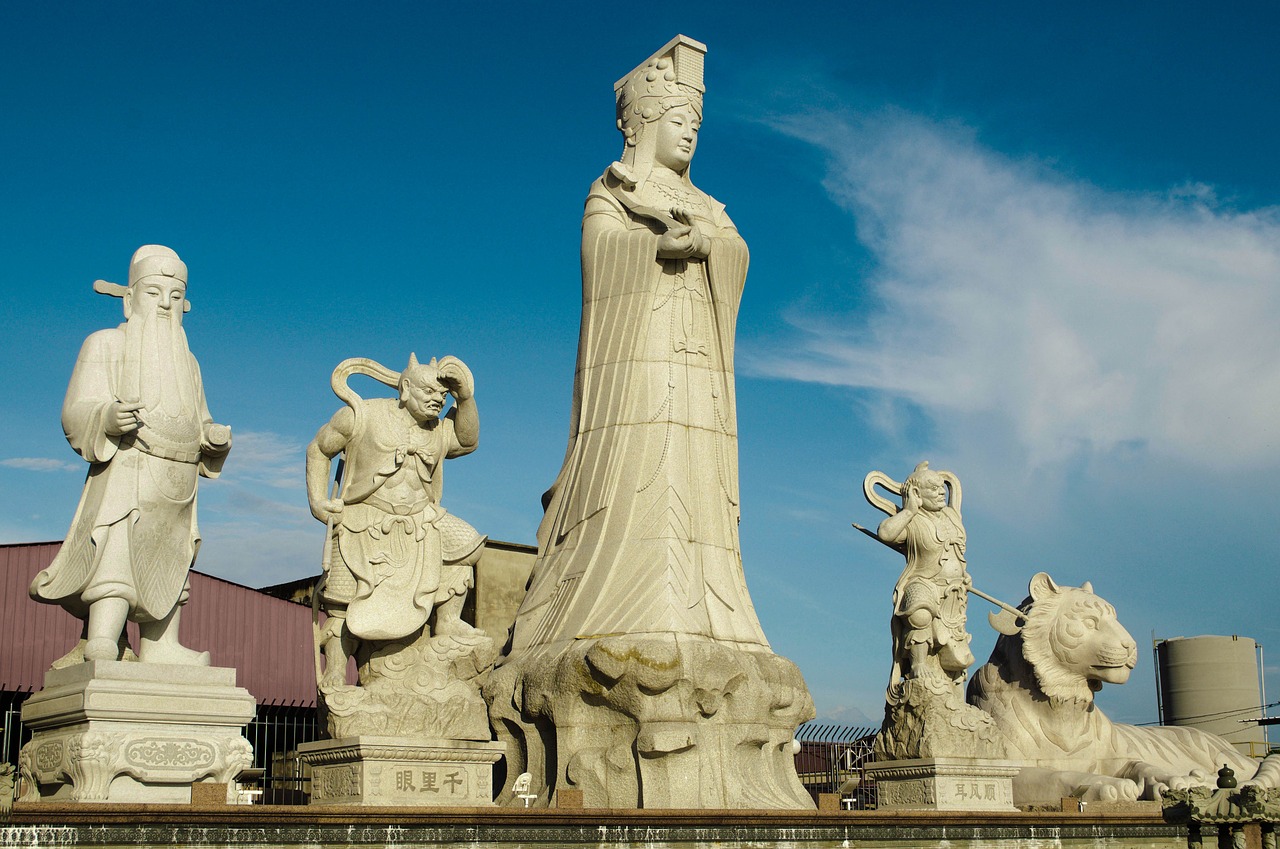
HISTORY
According to earlier history Sitiawan’s name comes from the story of four elephants passing through a….
...Continue
SOCIAL AND CULTURAL
Sitiawan’s population in 2000 was estimated at 96,000….
...Continue
ECONOMY AND BUSINESS
Although relatively prosperous as a town after its headstart as the center of….


SHOPPING
AEON Mall Seri Manjung
Pusat Perniagaan Manjung Point 3, Seri Manjung, 32040 Kampong, Perak
+6 1-300-80-2366
...Continue
PERSONALITIES AND CELEBRITIES
HALL OF FAME
PROMINENT HOMETOWN FIGURES
| Chin Peng | Leader of Malayan Communist Party |
| Jason Teng Keek Soong | Politician |
| Lin Chen Mei | Pioneer Community Leader |












